Most people have their shower and shower valves placed together on their bathroom walls. You may be wondering if placing the shower head and shower valve on opposite walls is going to work well with your bathroom. If so, you're on the right page because we have gathered information from experts we have consulted to answer your question.
Having your shower valve and shower head on opposite walls can work. What you should be considered is how efficient, safe, and convenient it will be for you. It is okay to have your shower head on a different wall from your valve. As long as a good plumber installs your shower head about three feet away from the valve.
To know more about shower valves and shower heads, keep reading to get more information. As we would explain more down this post.
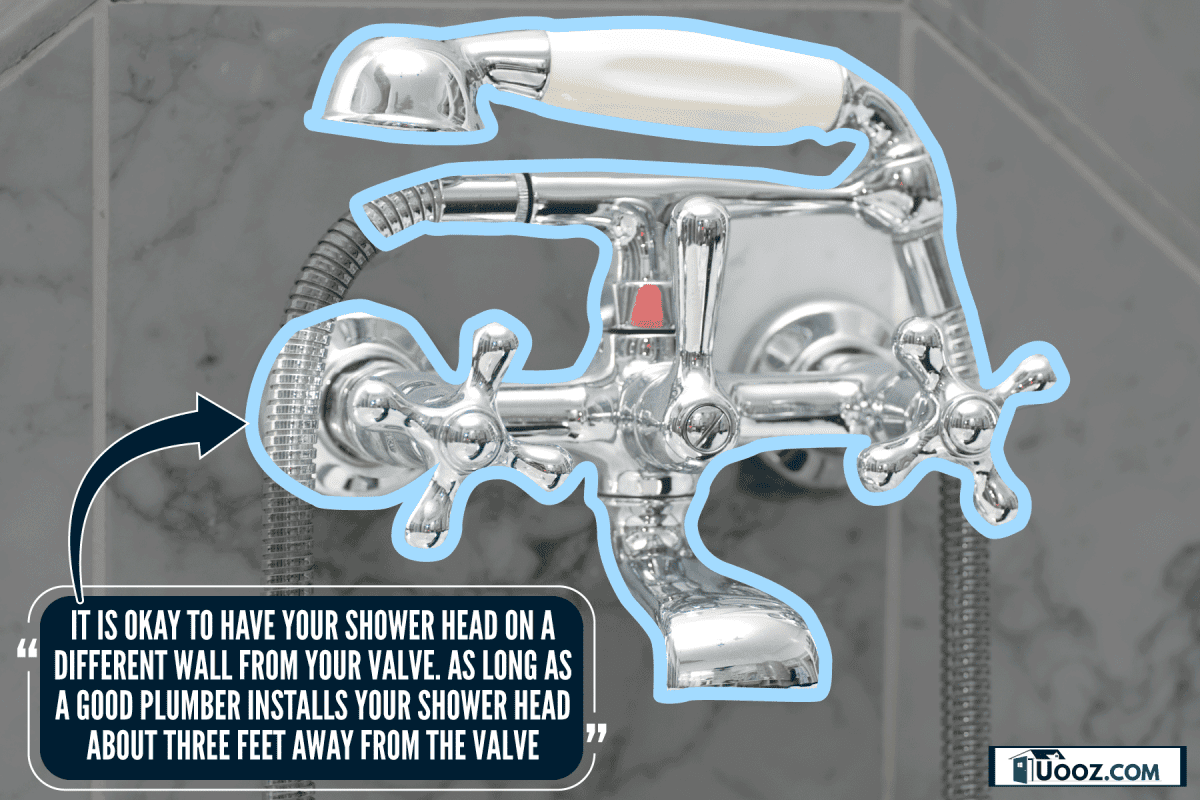
Can You Have A Shower Head And Valve On Opposite Walls?
If the controls are easily accessible from the entryway, a showerhead and valve can be placed on opposite walls. If the showerhead's valve is on the opposite wall, it's advised to make sure the water can flow there freely.
The showerhead and valve can be placed on the tub's opposing walls if the plumbing is in order. It all depends on the type of plumbing in your shower and how it is built. They should be placed on distinct walls in various circumstances.
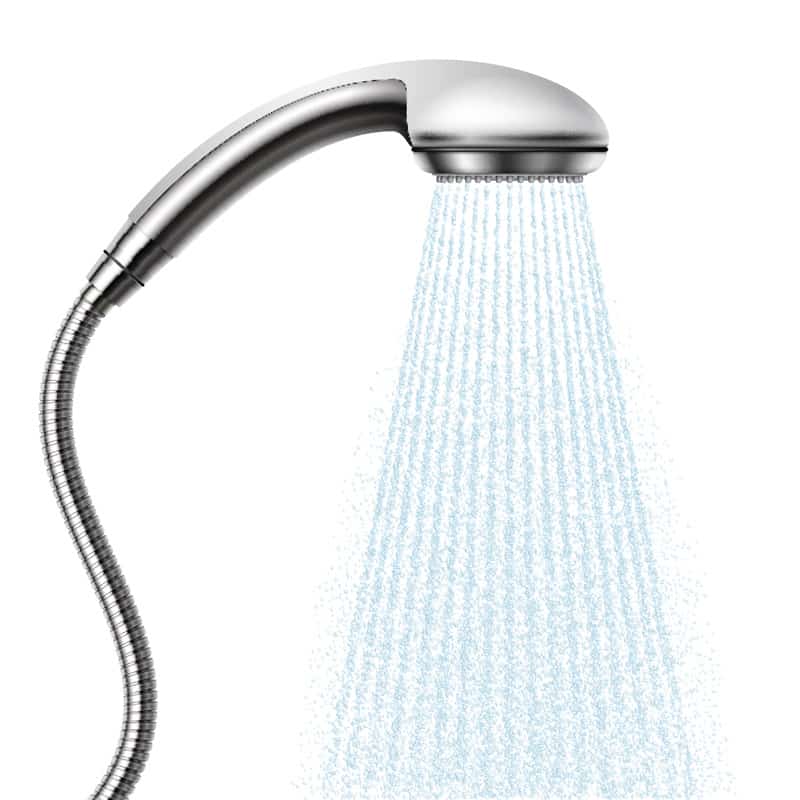
Where Should A Shower Valve Be Installed?
The appropriate height is sometimes disregarded when installing shower fixtures until it is too late. For showering convenience and comfort, the height of the shower valve is essential.
Showering can be difficult if the water pressure is too low, and it may be difficult to reach the showerheads effectively if they are set too high.
You must consider the users and the style of your showerhead when deciding where and how high to place the shower valve.
Shower valves should typically be installed between 38 and 45 inches above the ground. If you have a bathtub in your shower, the valve needs to be put in between 8 and 18 inches above the tub spout to accommodate anyone who will be seated.
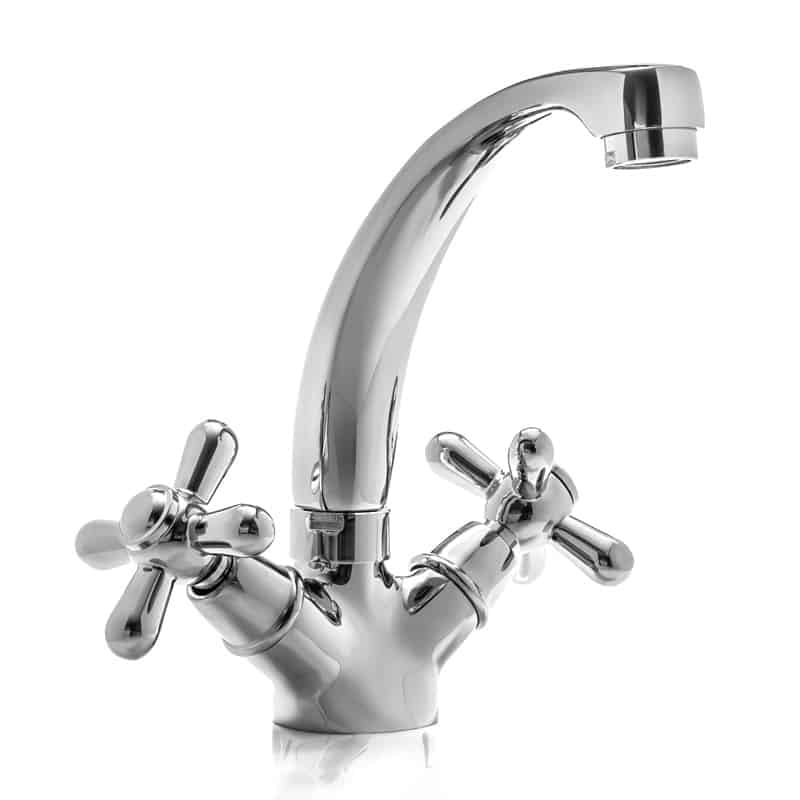
How Far Should A Shower Head Be From The Valve?
If you have a tub-shower combination, then the regulations are different and focus more on the height of the tub than the showerhead. The distance between your shower head and the valve can be measured, however, for various showers.
If the showerhead is at 80 inches, then 45 inches above the ground is a decent height. You can always position yourself exactly halfway between the showerhead and the floor to make things simpler. This means that the distance between the two would be 40 inches.
Can You Mix And Match Shower Parts?
Is it possible to mix shower components or should you only use one when designing a bathroom? This is a common question from homeowners. Well, the response is yes. You can mix and match shower components in your bathroom.
When choosing various shower components, there are some guidelines and rules to remember. Rules such as how the elements should work together harmoniously, how they should blend with textures you will use to complement the other materials in the room, and also how they will keep up with the rest of your home's style.
If you want to be sure that every faucet, valve, and trim kit you use matches exactly the look you want to accomplish, mixing shower components from several companies in a bathroom might be a terrific way to do it.
Rules For Mixing Shower Parts
- A bathroom should be designed so that everything has a consistent appearance. It's best to utilize no more than three separate parts when combining them. By doing this, you can enhance the space's visual appeal without giving the impression that it is cluttered.
- You shouldn't combine two metals or components with the same color grade, which is another item to bear in mind. Nearly matching metals in two different places may appear to be an error rather than a deliberate design decision. You want your decisions when combining metals to appear planned.
- About two-thirds of the fixtures in your bathroom should be made of the primary metal you choose. Metals with a cool or intriguing undertone are perfect for modern design. For faucets, handles, shower heads, and grab bars in the sink and bathroom, consider brushed nickel, polished chrome, or stainless steel.
- Consider other areas in your house when choosing the colors for the primary components of your shower. Consider using polished chrome as the main metal in your bathroom if your kitchen faucet is in polished chrome.
Which Side Is Shower Drain On?
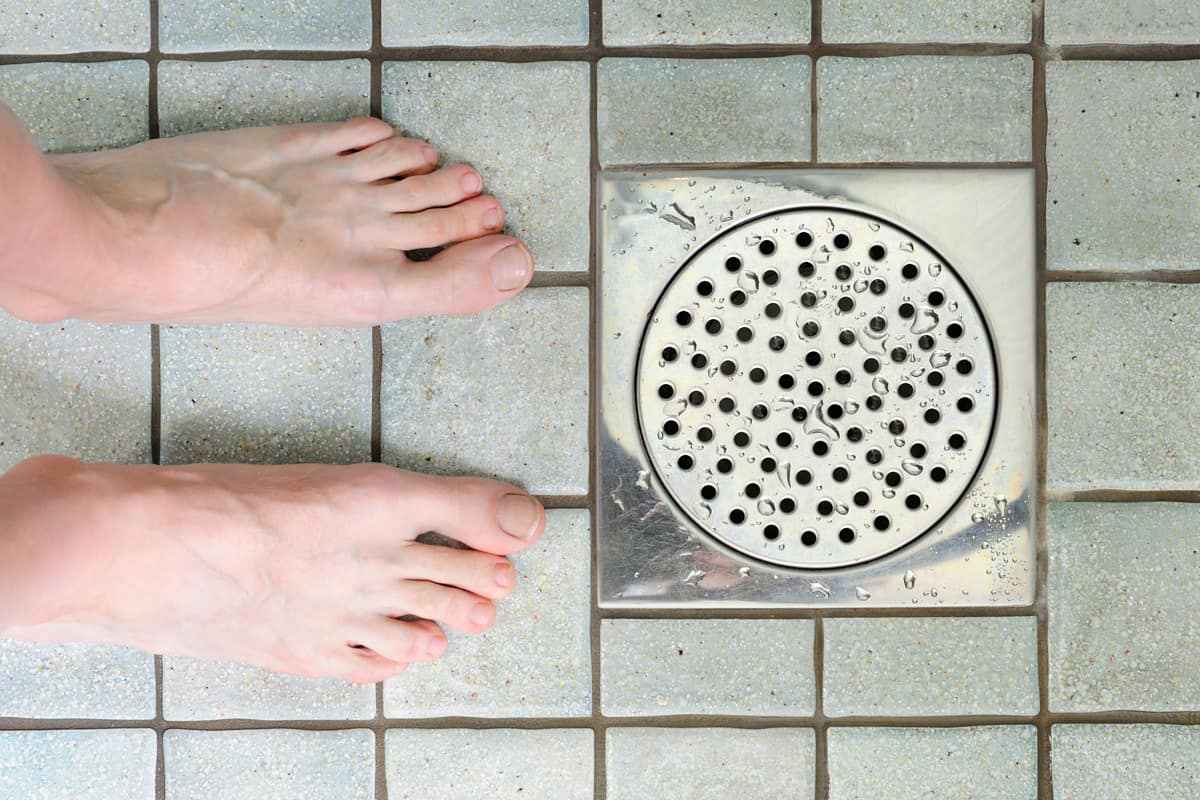
The lowest point of the shower floor is where the drain should ideally be located. In contrast to a level surface, a proper shower floor typically has a slope. Water, therefore, slopes down to the drain from all directions due to the drain's placement.
Contrary to popular belief, shower floor drains do not necessarily need to be in the center. The most crucial point is to have a slight slope leading to the drain, which can be on the other end of the shower floor or bathtub.
Additionally, you have the choice of installing a linear drain, which is slim and rectangular and has a modern aesthetic appearance.
Should Shower Valves Be Centered With Drain?
You risk blocking the drain with your feet while in the shower if you position the shower head such that it is centered above the drain. It is preferable to position the drain in the shower enclosure's corner. This will let the water come from all sides and pour down the drain.
To conceal the drain, you can also position the drain beneath the bench if your shower enclosure has one. When it comes to the bathroom floor tiles, you may want to consult a knowledgeable plumber to determine the best ways to tile the area surrounding the drain to make sure that the water doesn't leak.
How High Should A Shower Valve Be Mounted?
Shower valve height is important. Tubs used to be considerably more common than showers, but now adults prefer showers over tubs and consider tubs to be luxurious.
A knob that manages water flow is a shower valve. This will regulate the shower's temperature and water pressure. The height of the shower valve from the floor should be such that both the shortest and tallest person can use it easily.
The residence as a whole, as well as the other fixtures in the bathroom, are the same. Utilizing your bathroom is difficult due to incorrect fixture heights.
Shower stalls' typical shower valve height is 28 inches. The shower valve height for bathtub-mounted showers is 48 inches. It is at least 72 inches high, with a shower head. These distances are measured vertically, either from the shower pan or the bathroom floor.
What Is A c?
Have you ever wondered how the water's path to the showerhead is made possible? A shower diverter, a component of plumbing, enables it.
If you have a bathtub and shower combination, you may change the flow of water by turning the handle of your faucet in one direction or the other. Utilizing this handle turns on the shower diverter, a valve hidden behind the wall that controls the flow of water.
Check out this shower diverter valve on Amazon
Types of Shower Diverters
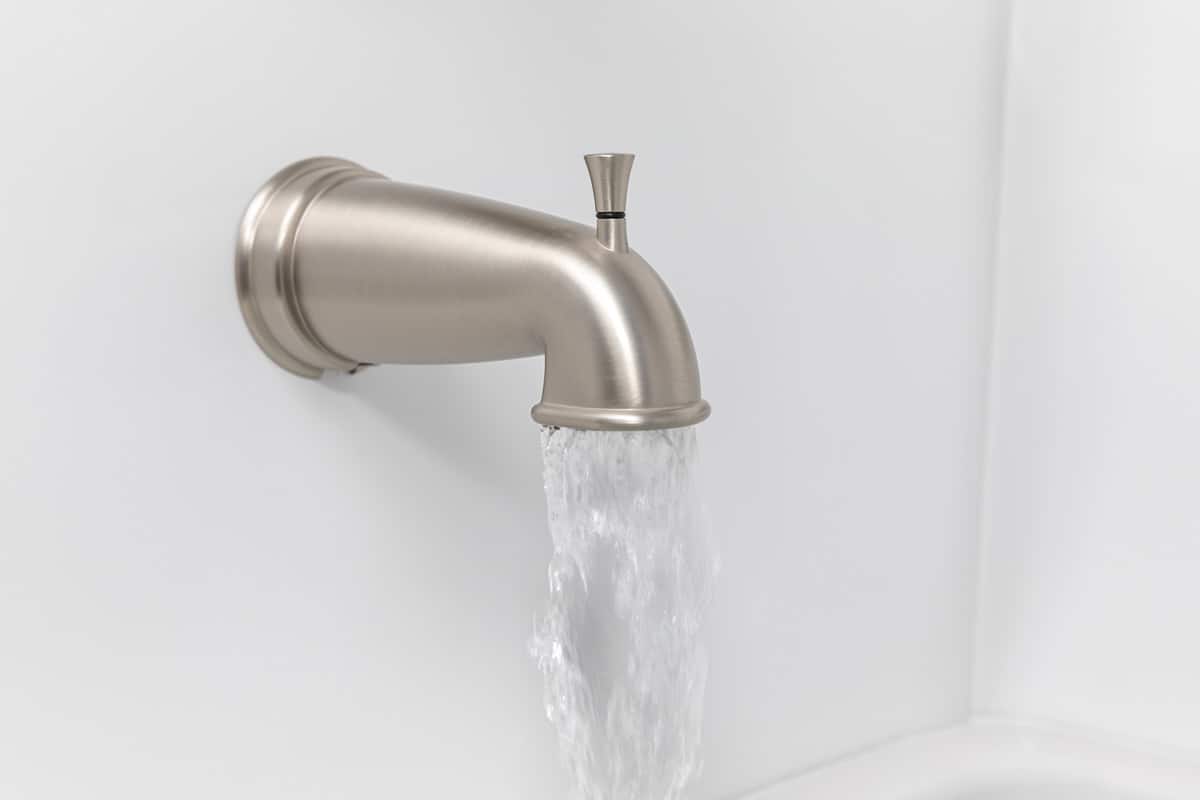
Here are the different types of shower diverters:
Three Valve Diverter
You'll find these when there are separate knobs for hot and cold water, To send the water to the showerhead, crank the third handle clockwise once you've found the ideal ratio of hot and cold water. After finishing your shower, turn the lever counterclockwise to send water into the tub.
Two Valve Diverter
This kind of diverter is typically found with a single-handle faucet. The larger handle on the assembly will regulate the temperature, and the smaller handle, or level, will regulate the water's flow.
T or Single-Valve Diverter
The most typical kind of diverter is this one. You most likely have a T diverter if your handle rises straight up from the tub faucet. The handle opens the water flow to the tub spout when you press it downward.
Why Have A Curbless Shower?
A curbless shower is exactly what its name implies. A shower without a curb or threshold. With no distinction between the shower floor and bathroom floor, it features a continuous design. In other words, there won't be a curb or other interruption in the bathroom floor tiles as they run the entire length of the room.
The primary advantage of a curbless shower is its attractive appearance. It makes the bathroom floor flow continuously. It also makes the bathroom space feel much more open.
Accessibility is another advantage. Even though it is typical to see showers of this type without doors, a curbless shower will be surrounded by glass. This will prevent water from spilling out without interfering with the uninterrupted flow.
By removing the curb, a tripping hazard is also removed. Already slick from rain, the tile. While getting in and out of the shower, you shouldn't additionally be concerned about stumbling over your toe.
An additional benefit of a curbless shower is that it is simpler to clean. Fewer areas for mildew and filth to collect because of the seamless design.
To Wrap Up

Having your shower valve and shower head on opposite walls is okay. If the showerhead's valve is on the opposite wall, it's advised to make sure the water can flow there freely. The showerhead and valve can be placed on the tub's opposing walls if the plumbing is in order.
For more on showers, read these engaging posts:

